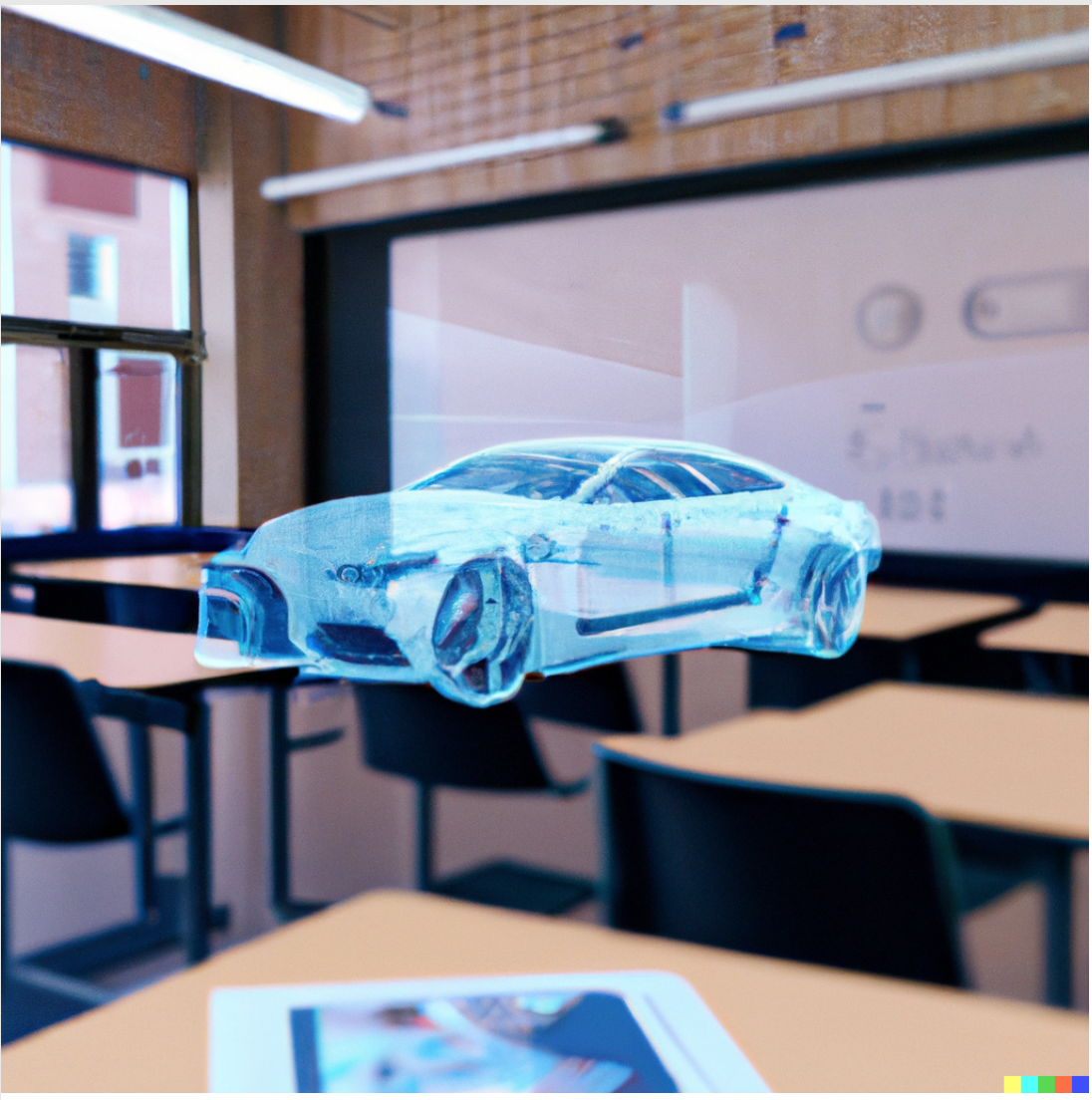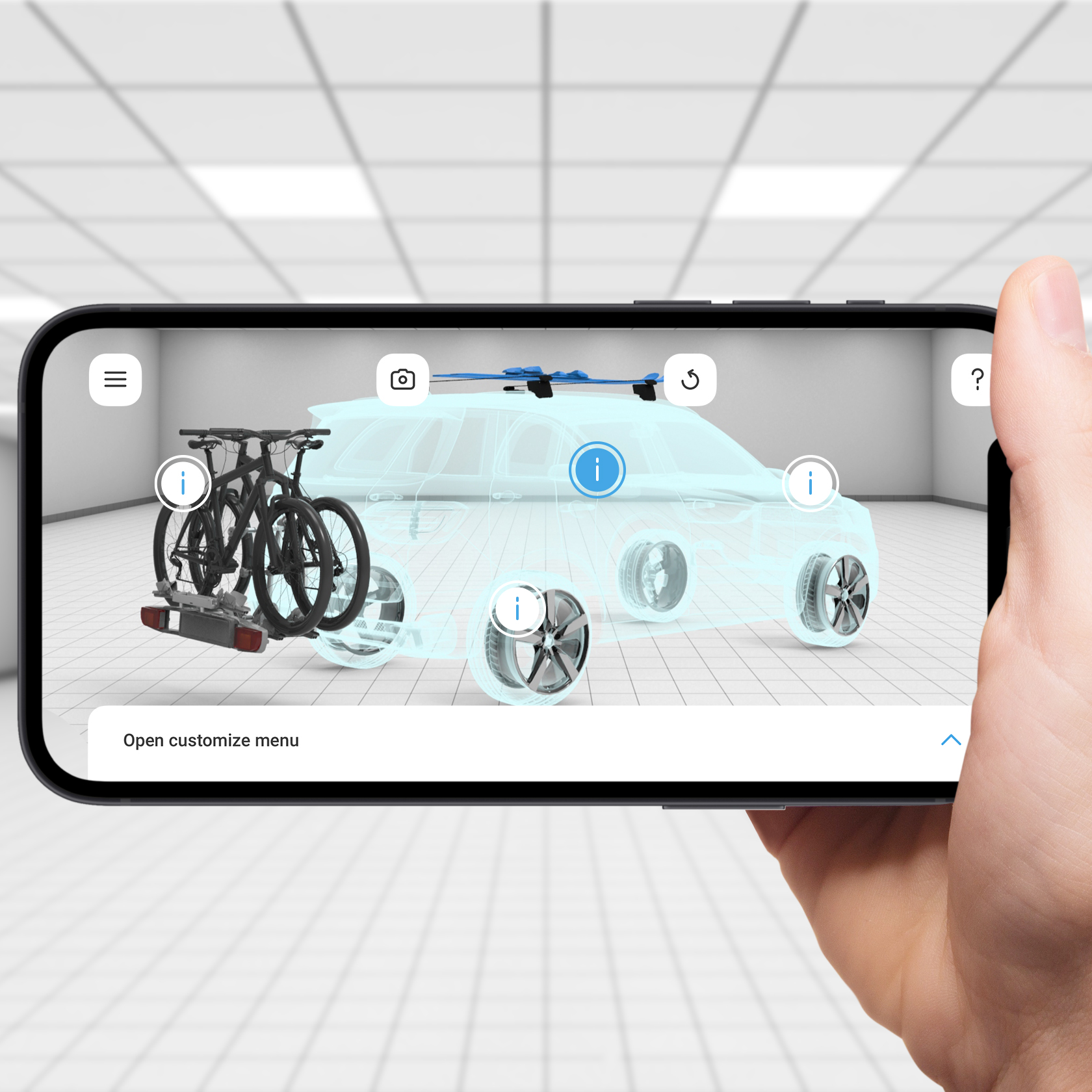How Augmented Reality is changing the Automotive Industry
Revolutionizing the Road ahead
A look ahead?
In the not-too-distant future, the way we buy cars will change forever through the use of Augmented Reality. Cars will no longer be sold in simple car dealerships. The buying process won’t necessarily be through a semi-bored salesperson. Imagine walking into a dealership and instead of rows and rows of physical cars, you’re greeted by a showroom full of virtual vehicles. Or better yet, the cars simply come to you – in your living room. Augmented Reality adds a digital layer to your view, allowing you to explore and even test drive any car without getting off the couch. You can design your dream car with just one click on your smartphone or tablet, change the color, the rims and even the engine – all in real time.
Finally, you’ve created your dream car, and wham, ordered it with another click. The AR showroom has revolutionized the way we buy cars, making the experience more efficient, interactive and convenient for customers. Best of all, being tied to a specific location is history. It can be accessed anywhere in the world with a simple Internet connection. Even models that may not yet be available or are about to be released can be experienced in advance. World wide AR, so to speak.
Snap back to Reality
It’s no secret that AR technology is advancing rapidly. What will surprise many, however, is this:
This supposedly futuristic way of buying a car is already reality. OUR reality.
In a joint project with Porsche back in 2019, we have already brought the cars to the customers themselves: without any physical component, without any extra salesperson. With the smartphone alone, a variety of Porsche models can be placed and modified wherever desired. Both the interior and exterior components can be customized and closely scrutinized. The direct link to the premium brand’s online sales portal has also made it possible to order the car directly. The future is now! – for all those who haven’t yet noticed 😉
A world changer named AR
The car business has upgraded in many ways since the introduction of Augmented Reality technology. However, it is not just the trade market that is experiencing serious advances: the use of AR is changing the way cars are manufactured, developed or used. This is particularly evident in the areas of education and production, but also in design. The proof of the pudding is in the eating: In North America, for example, Augmented Reality has already found its way into universities. More and more IT and engineering colleges have begun to use the technology in their automotive engineering programs, thus establishing it step by step in the education sector. Students can thus use interactive simulators to gain real-world experience and knowledge about car mechanics without having to rely on physical components. Long trips to production facilities or expensive mechanical purchases for the universities become unnecessary when the vehicles and explanations simply come to the universities. This gives students the opportunity to learn a wide range of content and put theory into practice – without wasting large amounts of resources.

Automotive designers also benefit from AR: thanks to the immersive technology, they no longer have to resort to the development of physical prototypes, but can convert the 3D data directly into an AR model. This not only saves time, but also money. This prototype can then be further developed without much effort and end up as a finished AR model in the living rooms of customers. Two birds with one stone! But that’s not all: automotive engineers working on new car models can also make Augmented Reality technologies part of their everyday work. When manufacturing car parts such as engines or wheel systems, they gain access to a previously unseen level of detail: virtual X-ray views provide a deeper insight into what’s happening on the technical side, bringing internal processes to life and making previously invisible things visible. This makes it possible to ensure that every part fits correctly when the vehicle is assembled.
More importantly, it can be inspected without having to completely disassemble the car again.

Heads up
But even once you’re in the finished car, AR is here to stay: head-up displays, sometimes called HUDs, used to be found only in premium vehicles, but are now installed in most everyday cars. The displays show important information directly on the windshield in front of the driver so that they can always keep their eyes on the road. What few people know is that this is also a form of AR! Heads-up displays use AR technology to bring information such as navigation routes, speed limits and other warnings directly into the field of vision. In this way, drivers can access information in real time while maintaining a very high level of safety.
One example of this is the HUD presented by Mercedes Benz, which uses clever AI to reshape the driving experience: A virtual driving assistance always shows the distance to the next car, the speed, warnings or help lines if the lane should not be kept. The most exciting aspect, however, is the new form of navigation: By displaying the directional arrows directly in the driver’s field of vision, the driver can keep his or her eyes on the road at all times and ensure safety around the clock. Taken the wrong exit? Yesterday’s problems.
Car manufacturers such as Audi and BMW have also started implemented ideas such as the “Virtual Cockpit Plus” and have begun to optimize them for the future. The screens are also designed to detect when there are obstacles in the lane or cyclists approaching the car in order to avoid any accidents. Whether driving or manufacturing cars, Augmented Reality will not only shape the future of vehicle manufacturers, but has already begun to do so. Production and work processes will become more efficient, future colleagues will receive innovative trainings right from the start, the driving experience will not only be safer but also a real highlight, and sales figures will be increased in the smartest way possible.
